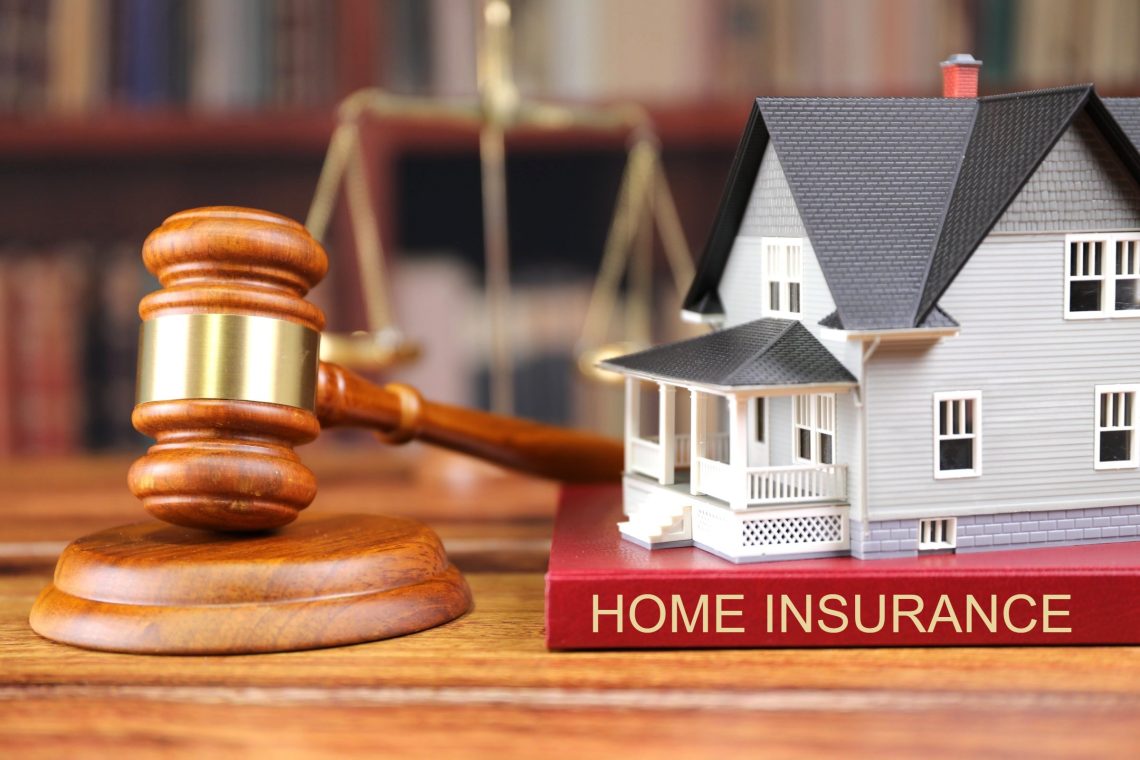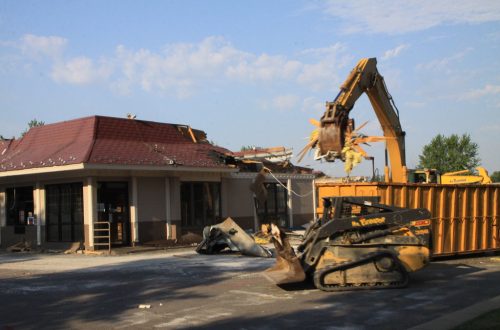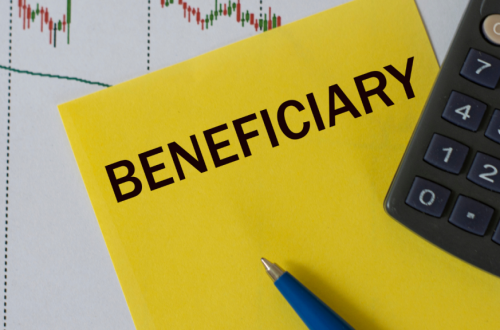The largest purchase you’ll ever make is a home.
According to Nationwide, two thirds of all American homes are not adequately insured. Underinsurance is usually 22%. Millions of Americans would be at a significant financial disadvantage if they lost their homes. Americans in such a situation may be forced to spend thousands of dollars to repair damages, or they may not have the money to rebuild.
Avoid this situation.
What is the replacement value of my house?
It is calculated by comparing the price to replace an item with one of similar quality and kind. If your house is destroyed, the replacement cost is what it would take to rebuild it according to current standards and specifications.
What is the importance of an accurate estimate for replacement costs?
A precise replacement cost will allow you to get the correct amount of coverage. You could end up paying a lot of money if you do not have adequate coverage.
Say you’re allowed to spend up to $350,000 on your home and $100,000 for your personal belongings. The fire spreads from your house to the detached garage you built two years earlier. Insurance company declares it a totaled loss.
How much money will it take to build a house (in today’s terms of materials prices)?
- Think about the cost of rebuilding your house (the roof and siding, as well as nails, wood, roofing, flashings, window, deck, etc.). Consider the interior of your home, including the wall, ceiling, flooring, carpeting, floorboards and paint. Also, consider HVAC, built-ins or water heaters. You can also build a custom-made garage. The inflation rate is high and it is likely that you will have to spend more than $350,00 to replace what you had.
Ask yourself: Would $350,000 be enough to cover all the costs of restoring what you have (assuming today’s prices for materials?
- Once you have reached your policy limit, all money is stopped. Period. For the sake of a roof, you may be forced to give up the solar panels or custom-made reclaimed hardwood flooring that you owned before the fire. You’ll either have to pay out-of-pocket or else you will. Who wants to be charged twice?
- The coverage limits for other structures are 10% less than your house’s limit. Does $35,000 pay for a fully-insulated, two-car woodshop garage? If you get a drafty one-car garage, it could be disappointing. With today’s price, you could end up with a single-car garage.
List the items you will need to replace your entire home.
Can you replace all your personal belongings with a limit of $100,000?
- Think about rugs, drapes and furniture. Also, consider clothing, electronic devices, jewellery, art, collectibles or artwork. A high-end kitchen can quickly exhaust the $100,000 cap. Have you ever seen how much countertops cost today?
Consult your insurance agent to determine the right reimbursement amount and limit for you.

Market value and Replacement Value
Your home’s market value may seem like a good enough amount to cover, but its replacement value (the costs to build your house from scratch) could be much higher. The market value of your home today may be very different from next year. Costs of building materials are likely to increase steadily year after year. The cost of labor and materials are the main factors that determine your replacement costs.
The market value of a beach house would be higher than that of a home in a suburb 50 miles from the popular beach. Their replacement costs are almost the same.
Not all homeowners’ policies have inflation protection (usually between 2% and 4%), but some do. Verify with your agent that inflation is covered. You will still want to review this even if your inflation protection is in place. Even though the cost of lumber has tripled over the past two years, the overall price for your new home has increased.
How do I calculate my replacement cost?
There are a few steps that you can do to estimate the cost of your project.
Insurance is designed to replace your home or make it the same as you left it before the accident. You should evaluate, itemize and calculate the value of all your personal items, home improvements, and materials to protect your budget.
Create a list of all the items in your home. This will give you a good idea about what is at risk. Note the items in your home as well as materials that were used to construct it. Consider upgrades, electronic devices, clothes, furnishings, and appliances.
You can ask your insurance agent for help, but remember that the replacement cost you receive is only as accurate and complete as the data you supply!
Home information that will help you determine the cost of replacing your house:
- The type of foundation you have (crawlspace, basement etc.). ).
- Construction type (framework, masonry, veneered masonry etc.). ).
- Roof materials, roof type (flat, hip, gabled) and more. ).
- Materials and types of siding.
- Does the house have a slope and, if it does, what is its steepness?
- The total living space in feet.
- Zip code
- The number of floors and any non-standard heights for walls.
- Features and finishes of interiors, such as walls, floors and cabinets.
- The type and age of the heating and cooling system.
- The year of construction and, if relevant, the last renovation.
- Size and type of garage (attached or built-in) ).
When calculating replacement costs, knowing your area’s construction costs is also helpful.
When should I update my insurance policy?
You’ve just renovated your house.
2. Your security system has been upgraded or you’ve purchased a new security system.
3. Recently, you purchased something valuable.
Your interests versus the interests of your lender: A tale about two obligations
You may think that insurance exists to cover you, your possessions, and help you in the event of a catastrophe. Mortgage lenders want to protect the original loan they made on your house. Your home will be insured by the lender if you do not have a mortgage. There’s also a chance that you may not be adequately protected from liability risks today by the protection level chosen when buying your home.
You should choose a home insurance policy that is tailored to your needs and interests.
- Rebuilding your home structure is covered.
- You can get coverage to rebuild your home and replace all of your possessions. (Who wants to stay with their parents?) Get your house back to its original condition after the disaster
Remember that your homeowners’ insurance covers more than just your house. It also protects you against your own personal liabilities. This alone could be reason enough to call your insurance agent.
Understanding your insurance policy
It’s important to understand your insurance policy. It is important to ensure you are covered.
Page to start with declarations
The declarations (or “dec”) page lists your coverage types and limits. It appears in the first pages of the contract, before any language. Declaratory (or Dec) page: This is where you list your insurance coverage and its limits.
- Coverage A (Dwelling) Protects your structure like the roof, flooring, or other materials. The cost should be the same as your original replacement.
- Coverage B: Other Structures covers things that are not part of your house, such as a fence and shed
- Protects personal property in the home (coverage C). covers your moveable items and your household appliances such as clothing, electronics, jewellery, or electronic devices.
- Lost of Use (coverage D). pays your costs if, after an insured peril, you have to move elsewhere.
- Coverage E (Personal Liability) covers bodily injuries and property damages caused by others that you are legally obligated to cover.
- Medical Payments (Coverage F) pays for medical costs of others who are injured on your property.
Verify your policy coverage with an insurance agent to ensure you have the correct amount of protection.
How to protect your home from liability for homeowners’ risks
Ask your agent about how you can reduce your liability and protect yourself against losses. Consider these options:
- Additional Living Expenses (ALE) helps you if your house is being rebuilt or renovated and you are forced to move. If you’re a parent with school-aged kids, consider the costs of continuing to live in your locality.
- The Building Ordinance or Law will protect you in the event that a peril (covered by the ordinance) damages your house and you are forced to bring the whole home up to code.
- Riders and floaterscover special items such as jewelry, computers, silverware or other specialty items (generally not exceeding $2,500).
- Collected Items Insurance (scheduled Property Endorsement) protects high-priced items such as artwork, designer bags, antiques and other collectibles.
- Other Structures includes anything that is not part of your home. Consider increasing your coverage if you have stylish fences and outbuildings.
- Liability covers you up to $100,000. However, if you want to avoid paying for an expensive lawsuit that lasts a long time, it is best to purchase a higher amount.
- Extended Replacement Cost can be used to combat inflation. It is possible to increase the value of your house by up to 50 percent over what it would cost to replace. This can be useful when faced with price-gouging following a disaster.
- Sewer Backup protects you in the event of a backup from sewage lines or sump pumps.
- You can purchase a line of separate insurance for floods. Floods can occur anywhere, not just in floodplains. This costly liability can affect anyone.
- Earthquake can be purchased as an insurance line. Not only California, but anywhere in the world can experience earthquakes. Your budget could be affected if an earthquake damages the structure of your home.
- Comprehensive (H05 form), offers more coverage than the standard homeowner’s policy. For example, it covers lost or misplaced jewellery instead of just theft.
- When you reach the policy limit, personal umbrella coverage will kick in. When you reach the limit of your home or auto policy, an umbrella can be opened over both policies.





